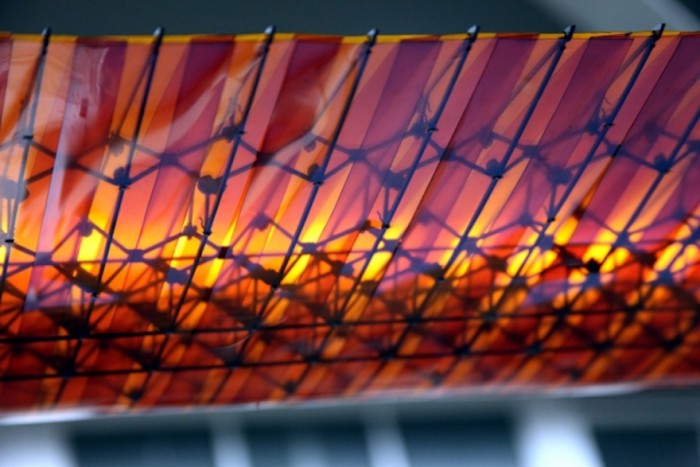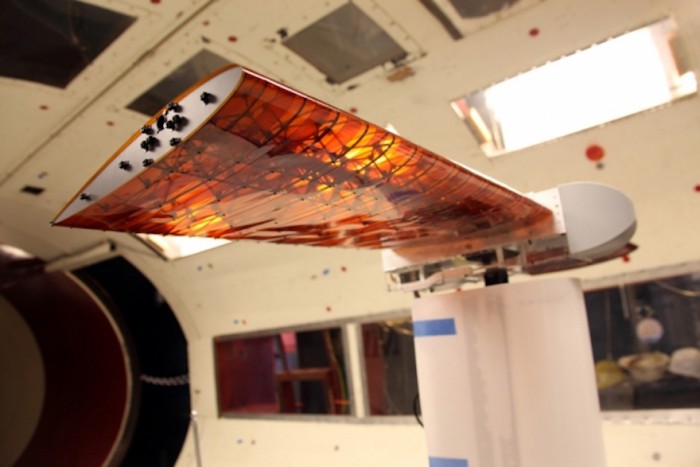The wings of future aircraft could be modular, assembled by small robots and bendable. According to researchers at the Massachusetts Institute of Technology (MIT) and NASA, a new twist on aeroplane wind design is set to have an impact on long-distance drones, skyscrapers, bridges, and space structures. Ultra-light and sustainable, the “morphing” wing could greatly simplify the manufacturing process and reduce fuel consumption by improving the wing’s aerodynamics, as well as improving its agility.
The concept is based on a system of tiny, lightweight subunits that the scientists believe could be assembled by a team of small specialised robots. The wing itself would be made up of an array of tiny, lightweight structural pieces called digital materials. These materials could be assembled into an infinite variety of shapes much like assembling a structure from Lego blocks.
While the prototype structure was assembled by hand, scientists have also carried out a number of experiments using robots. The simple miniature robots crawl along or inside the structure as it takes shape.
The wing would be covered by a “skin” made of overlapping pieces that might resemble scales or feathers, allowing for the pieces to move across each other as the wing flexes, while still providing a smooth outer surface.
While the individual pieces that make up the craft are strong and stiff, the exact choice of dimensions and materials used for the pieces, and the geometry of how they are assembled, allow for a precise tuning of the flexibility of the final shape.
For the initial test structure, the goal was to allow the wing to twist in a precise way that would substitute for the motion of separate structural pieces (such as the small ailerons at the trailing edges of conventional wings) while providing a single, smooth aerodynamic surface.
“I think we can say it is a philosophical revolution, opening the gate to disruptive innovation,” says Vincent Loubiere, a lead technologist for emerging technologies and concepts at Airbus, who was not directly involved in this research. He adds that “the perspectives and fields this approach opens are thrilling.”

When it’s no longer needed, the whole structure can be taken apart into its component parts, which can then be reassembled into something completely different. Similarly, repairs could be made by simply replacing an area of damaged subunits.
Gonzalo Rey, chief technology officer for Moog Inc., a precision aircraft motion-controls company, who collaborated with the team on the project says the aeroelastic structures and flight controls open up whole new frontiers for flight.
“Digital materials and fabrication are a fundamentally new way to make things and enable the conventionally impossible. The digital morphing wing article demonstrates the ability to resolve in depth the engineering challenges necessary to apply the concept.”
Rey adds that “The broader potential in this concept extends directly to skyscrapers, bridges, and space structures, providing not only improved performance and survivability but also a more sustainable approach by achieving the same strength while using, and reusing, substantially less raw material.”








